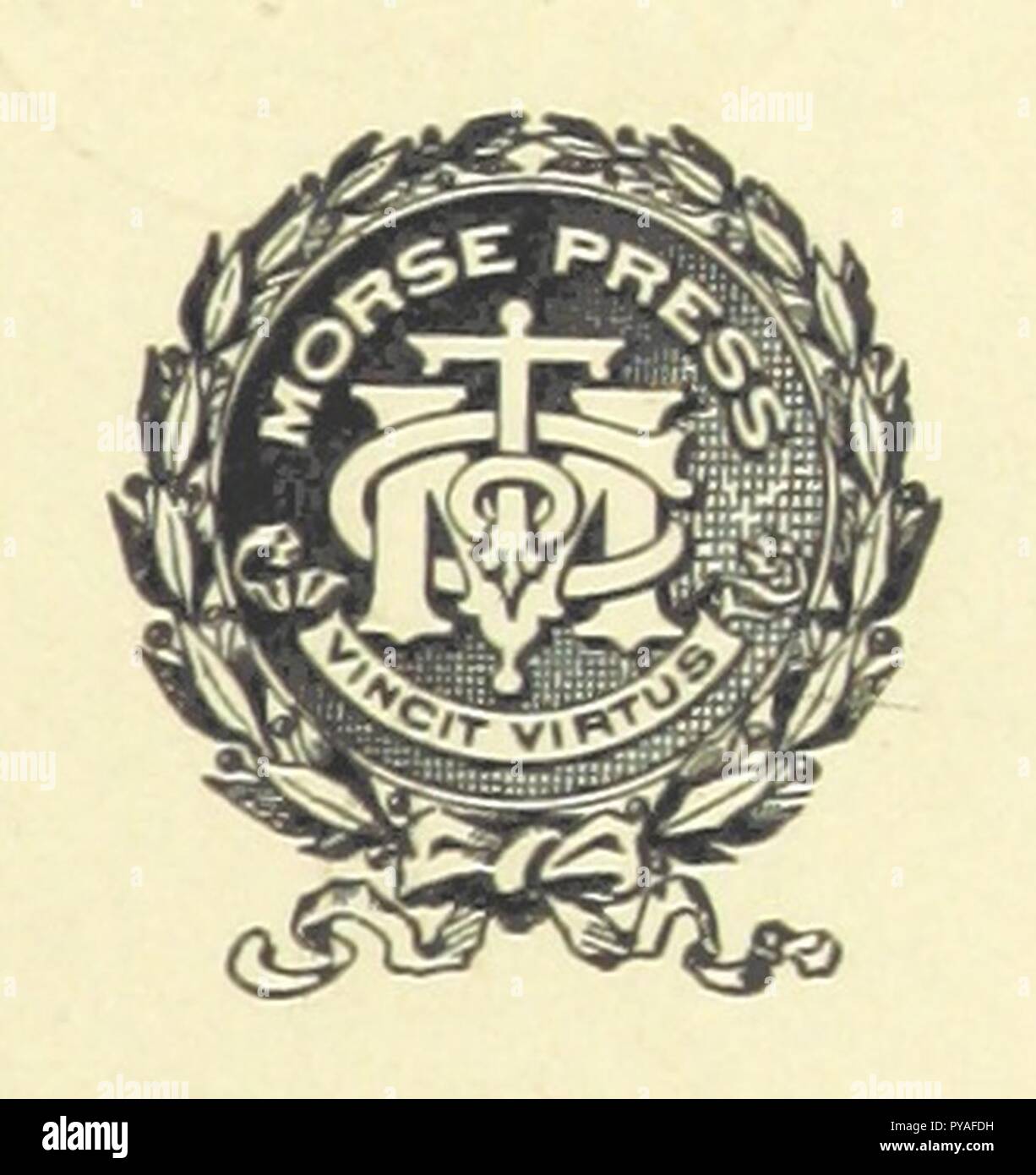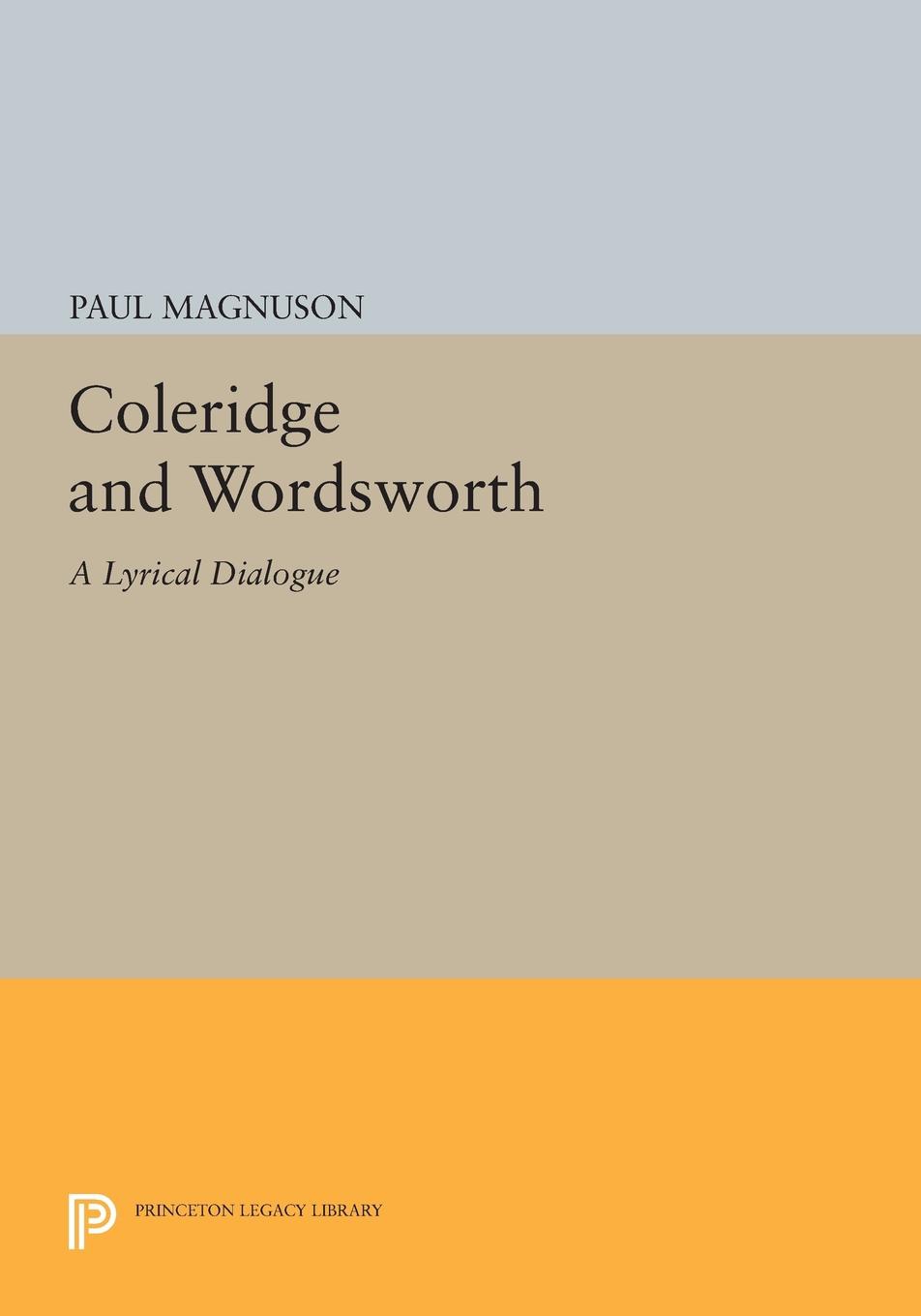
This distinction project explores two facets of the relationship. He, along with Coleridge, is remembered by history as helping to launch the Romantic Age of English literature with their publication of Lyrical Ballads. He exemplified the attitude that’s now associated with the region and with all those who were inspired by the landscape. The intellectual background of English Romanticism as we know it today is heavily influenced, if not created, by Spinoza. Wordsworth was the best-known of the Lake Poets.
#COLERIDGE AND WORDSWORTH FREE#
Especially in the poetry of Wordsworth and Coleridge, there is a clear importance put on the effect of nature on human emotions and the absence of free will: in “Tintern Abbey,” for example, Wordsworth describes how “a motion and a spirit.rolls through all things” and in “The Eolian Harp,” Coleridge writes of the “one life within us and abroad.” Similarly, Spinoza, in The Ethics, claims that there is only one “sole substance”. Spinoza, through his philosophical legacy, also made way for the Romantic Movement to spread to England through the pantheism controversy of 1785 and the rise of German romanticism. Though Spinoza’s life preceded English Romanticism by more than a century, his concept of a pantheistic universe and the influence of nature on the life of an individual are prevalent in English Romanticism.

This distinction project examines the indirect influence of the thinking of Dutch philosopher Baruch Spinoza on the English poets William Wordsworth and Samuel Taylor Coleridge.

In so doing, my project will demonstrate that two very different approaches to viewing the world - mathematically or through poetry - can lead to surprisingly similar insights.

This is a key part of my project - connecting these two kinds of writing that seem so far apart, but in reality, are remarkably similar. This process is experimental and the keywords may be updated as the learning algorithm improves.Not many people try to compare a philosopher like Spinoza, who structured his arguments mathematically, to the flowery poetry of the English romantics. These keywords were added by machine and not by the authors. First it turned him away from the long poems on which he had laboured since his Cambridge days. The chapter concludes with a discussion of Coleridge’s ‘A Stranger Minstrel’, showing its relevance to Coleridge’s appreciation of Mary Robinson and his own unhappy predicament with respect to Sara Hutchinson and his wife. The partnership between Wordsworth and Coleridge, rooted in one marvelous year (179798) in which they together wantoned in wild Poesy, had two consequences for Wordsworth. In addition, the chapter explores how Robinson’s ‘Ode to Derwent’ celebrated Coleridge’s neglected poetic genius, and I also suggest that ‘Mrs Robinson to the Poet Coleridge’ was intended for publication in the Morning Post as a boost for Coleridge’s morale. A month later, on 24 November 1800, the publication of ‘Alcaeus to Sappho’ refers again to a connection between Mary Robinson and Wordsworth. The chapter starts off with a discussion of the references to ‘Sappho’ and her lover ‘Alcaeus’ in the headnote to the publication of ‘The Solitude of Binnorie’. In spite of differences of soil and climate, of language and manners, of laws and customs, in spite of things silently.

So it was for the friendship that existed during the late 1790s and 1800s between William Wordsworth (1770-1850) and Samuel Taylor Coleridge (1772-1832.) Wordsworth’s single-minded ambition fed his ego, while Coleridge’s addiction resulted. This chapter offers further evidence for reading the friendship and creative reciprocity between Coleridge and Mary Robinson against the backdrop of Coleridge’s traumatic feelings of rejection by Wordsworth. When a great ego collides with a crippling addiction, the results are sure to be catastrophic. Our experts can deliver a Samuel Taylor Coleridge and William Wordsworth Comparison essay tailored to your instructions for only 13.00 11.05/page 308 qualified specialists online Learn more Wordsworth In this review, we are going to discuss Wordsworth’s analysis of Lyrical ballads.


 0 kommentar(er)
0 kommentar(er)
